6 July 2015
The fiftieth anniversary of the death of Le Corbusier, architect, city planner, painter, sculptor and designer, great multifaceted genius of the 20th century, has prompted feverish exhibition activity all over the world (to get an idea of the excitement we recommend this website). One of the most lavish and interesting initiatives is undoubtedly the retrospective entitled Le Corbusier. Mesures de l’homme, which will remain open until August 2 at the Centre Georges Pompidou in Paris. The key to this exhibition that France is devoting to one of its most famous adopted children (born at La Chaux-de-Fonds in Switzerland in 1887, “Corbu” became a naturalized French citizen) is the importance of human beings and their proportions as a fundamental element of design and spatial composition. The journey through the world of Le Corbusier proposed by the curators, Frédéric Migayrou and Olivier Cinqualbre, follows a very precise map and is organized chronologically in order to make the decisive steps in the development of his new aesthetics as clear as possible. The exhibition opens with a room devoted to the concepts of rhythm and eurhythmics that he had explored in the first decade of the 20th century under the influence of Émile Jaques-Dalcroze’s school in Hellerau and his studies with Peter Behrens. It continues with his contributions to the magazine L’Esprit nouveau and the early villa-manifestos of the twenties (Villa Stein, Villa Savoye), before moving on to the architecture and painting of the thirties—with his study of the human body—and the first pieces of furniture in the L.C. series. At the center of the exhibition there could not fail to be an area dedicated to the Modulor, the system of proportions based on the golden ratio that he conceived in 1944 and went on to become a source of inspiration for the whole of modern architecture, as well as the basis for the design of his Unité d’habitation. Inevitable too the conclusion of the route through the exhibition, with the most symbolic expression of Le Corbusier’s thinking: the Cabanon, i.e. the hyper-minimalist space built on a rock near the beach of Roquebrune-Cap-Martin, where he died in 1965, on one of his morning swims.
Le Corbusier. Mesures de l’homme
Centre Pompidou
Curated by Frédéric Migayrou and Olivier Cinqualbre
Paris
Aprile 29 > August 3, 2015
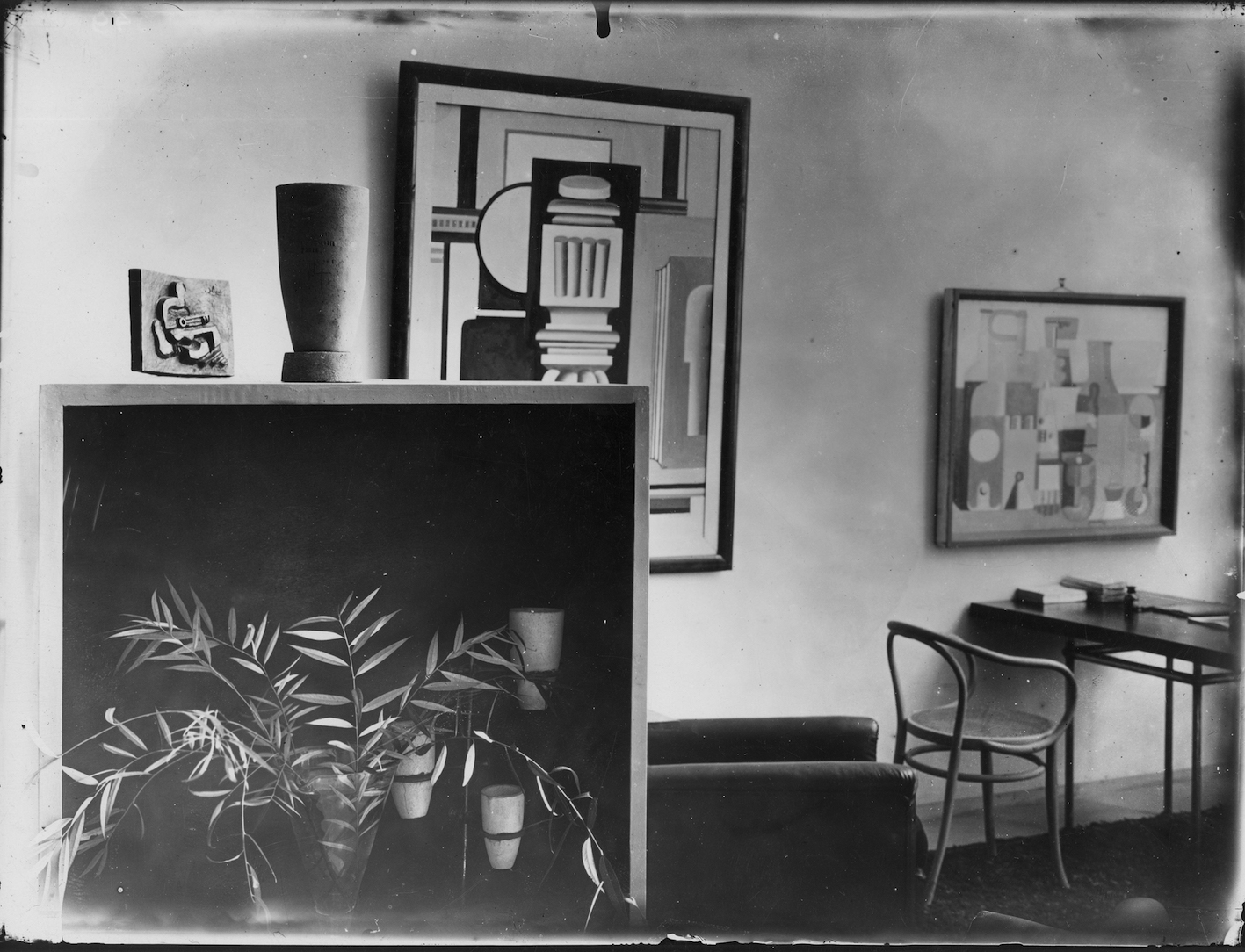
Le Corbusier, Pierre Jeanneret, Pavillon de l’Esprit Nouveau, Paris, 1925. © ADAGP, Paris 2015.
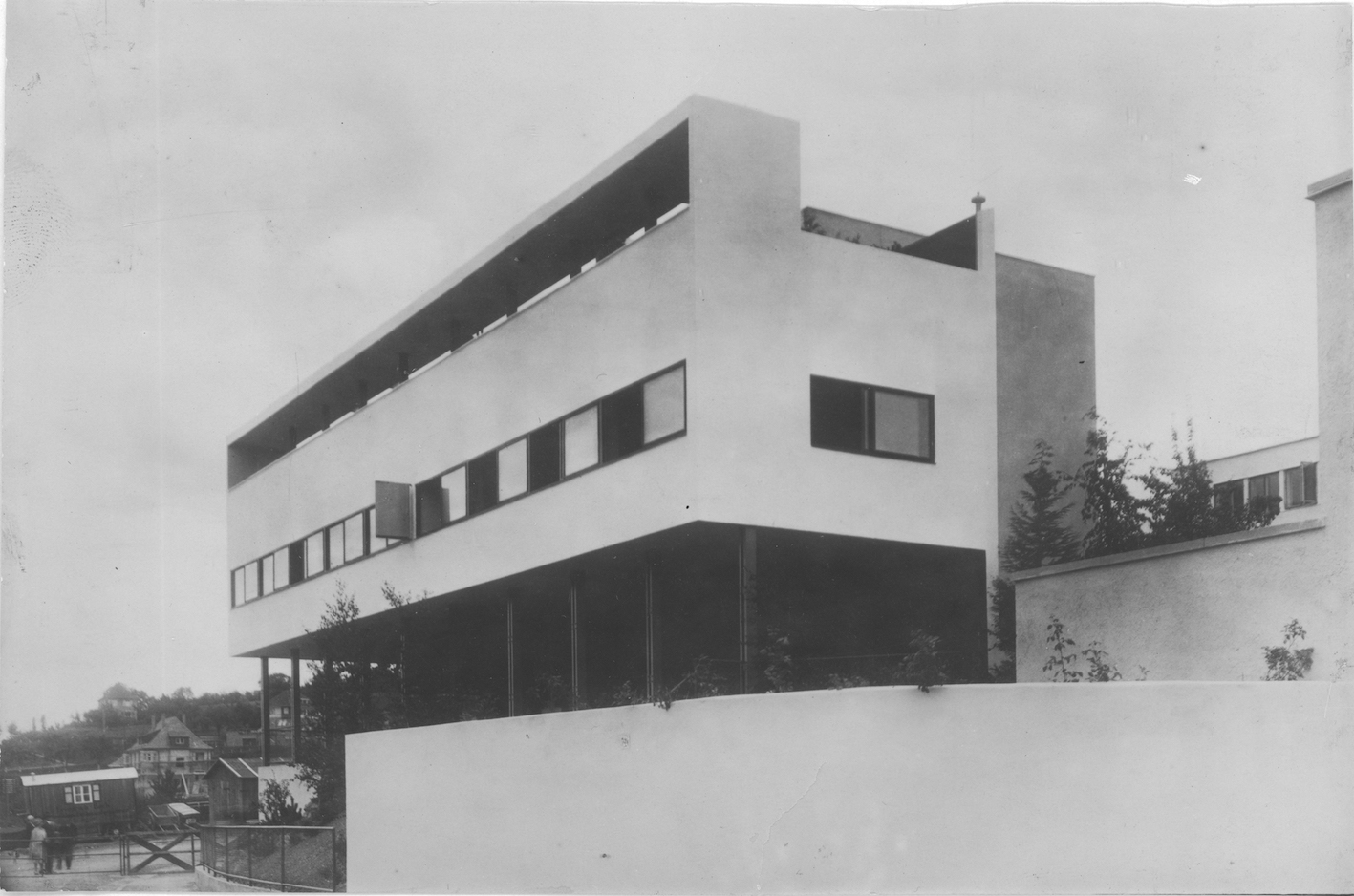
Le Corbusier, Pierre Jeanneret, Maison Weissenhoff. © ADAGP, Paris 2015. © Dr. Lossen & Co.
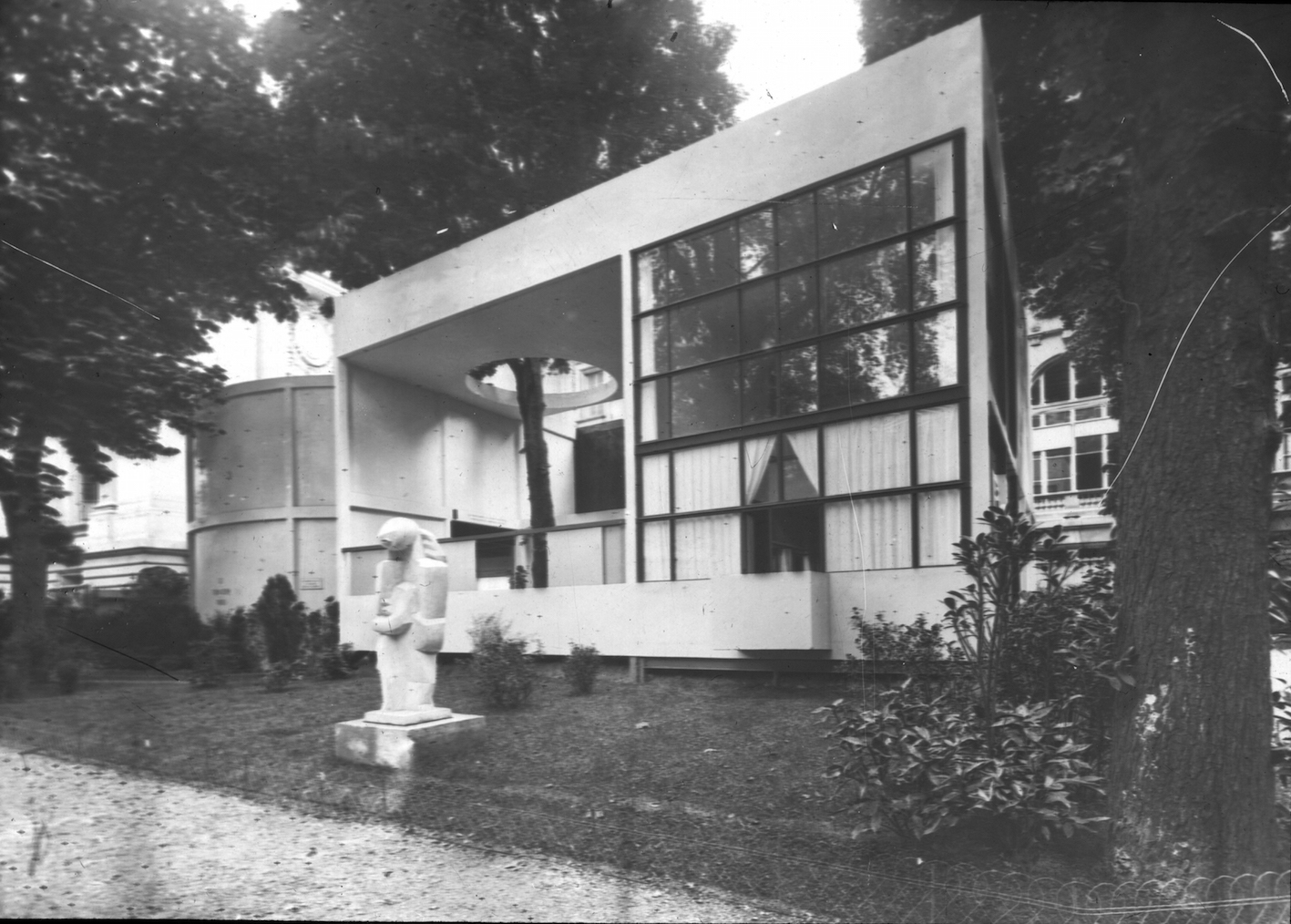
Le Corbusier, Pierre Jeanneret, Pavillon de l’Esprit Nouveau, Paris, 1925. © ADAGP, Paris 2015.

Le Corbusier, Chapelle Notre-Dame-du-Haut, Ronchamp, 1955. © Centre Pompidou / Dist. RMN-GP / B. Prévost. © ADAGP, Paris 2015.
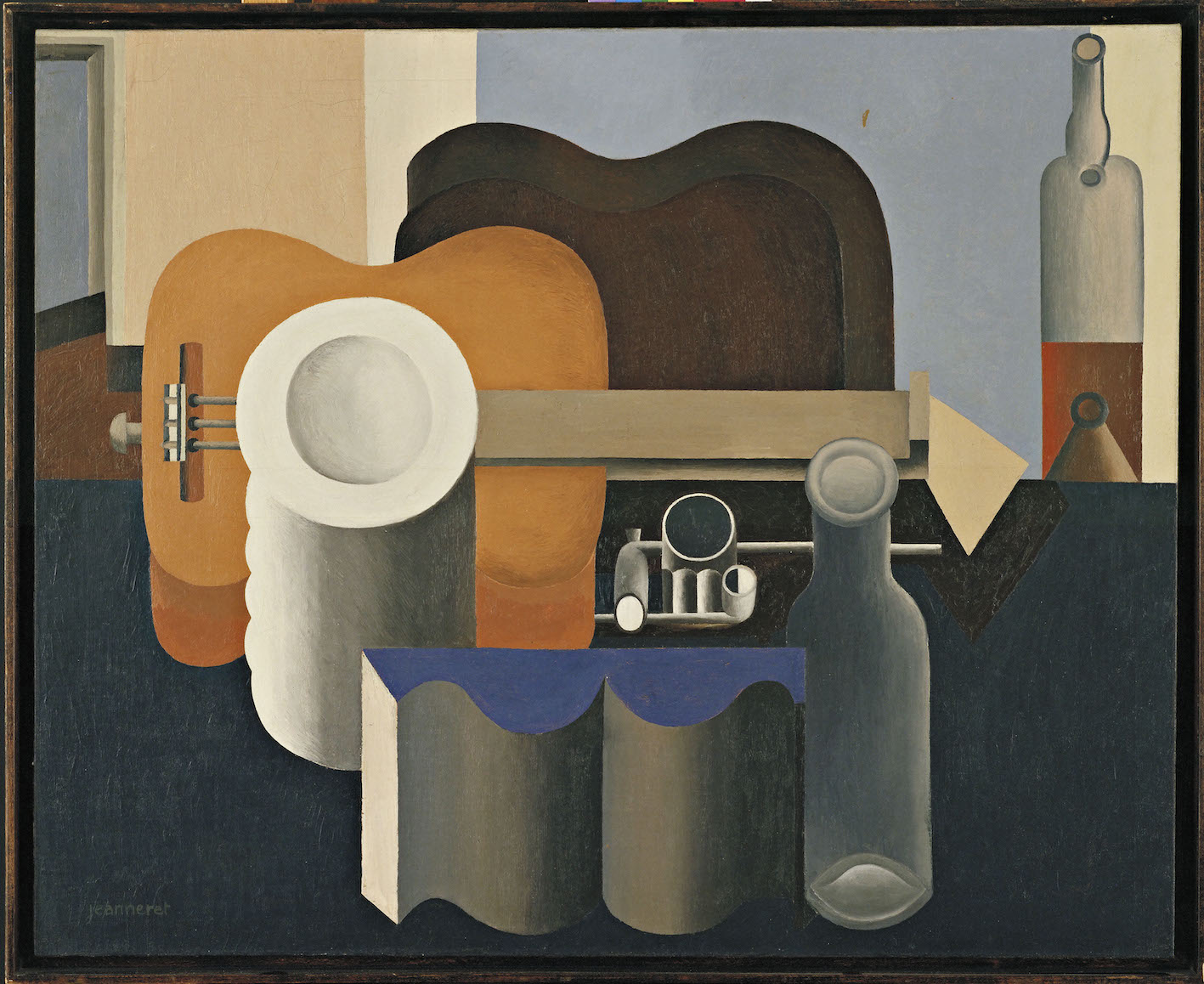
Le Corbusier, Nature morte à la pile d’assiettes et au livre, 1920. © FLC, ADAGP, Paris 2015.

Le Corbusier, Étude pour la cheminée, 1918. © FLC, ADAGP, Paris 2015.
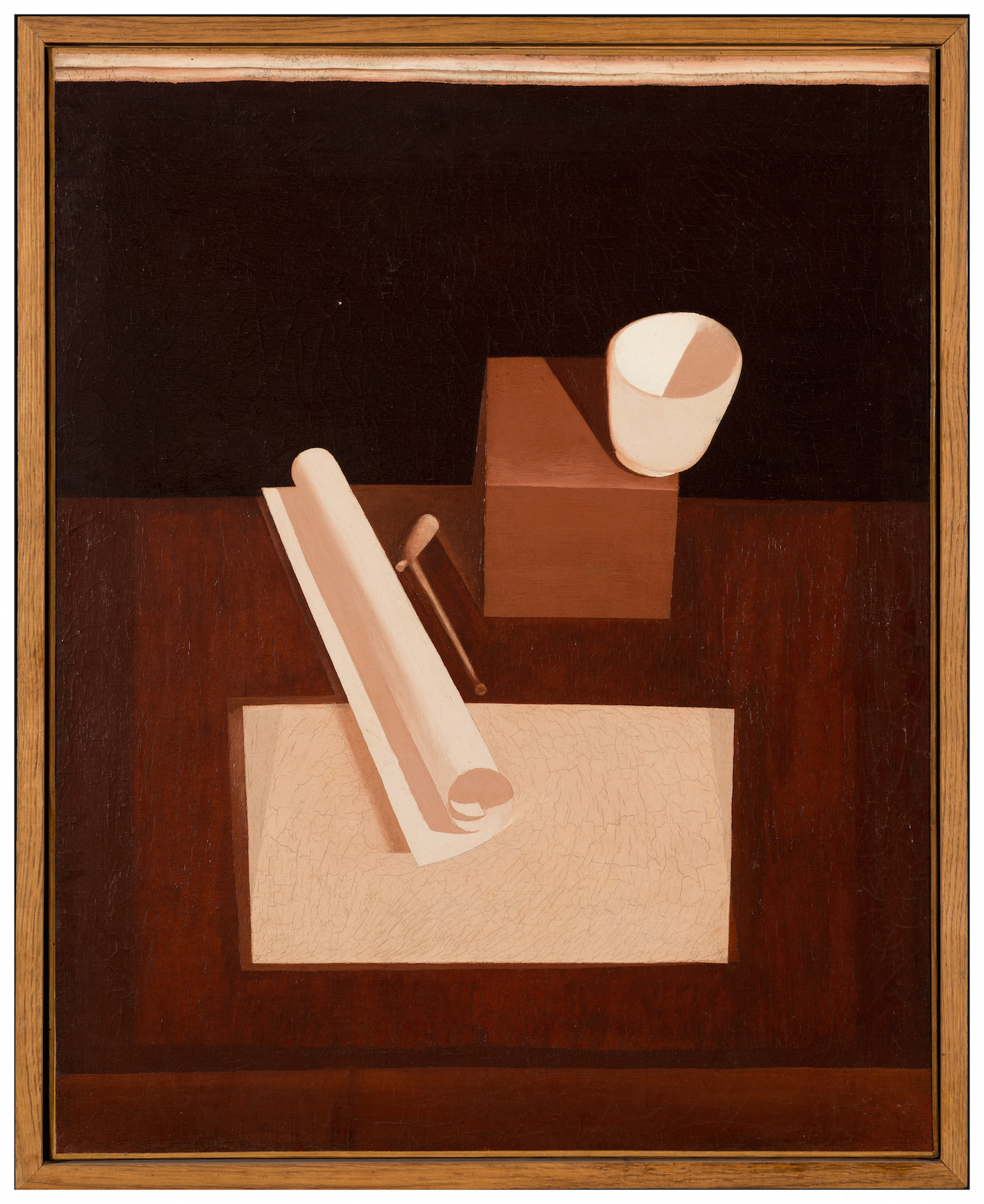
Le Corbusier, Le bol rouge, 1919. © FLC, ADAGP, Paris 2015.
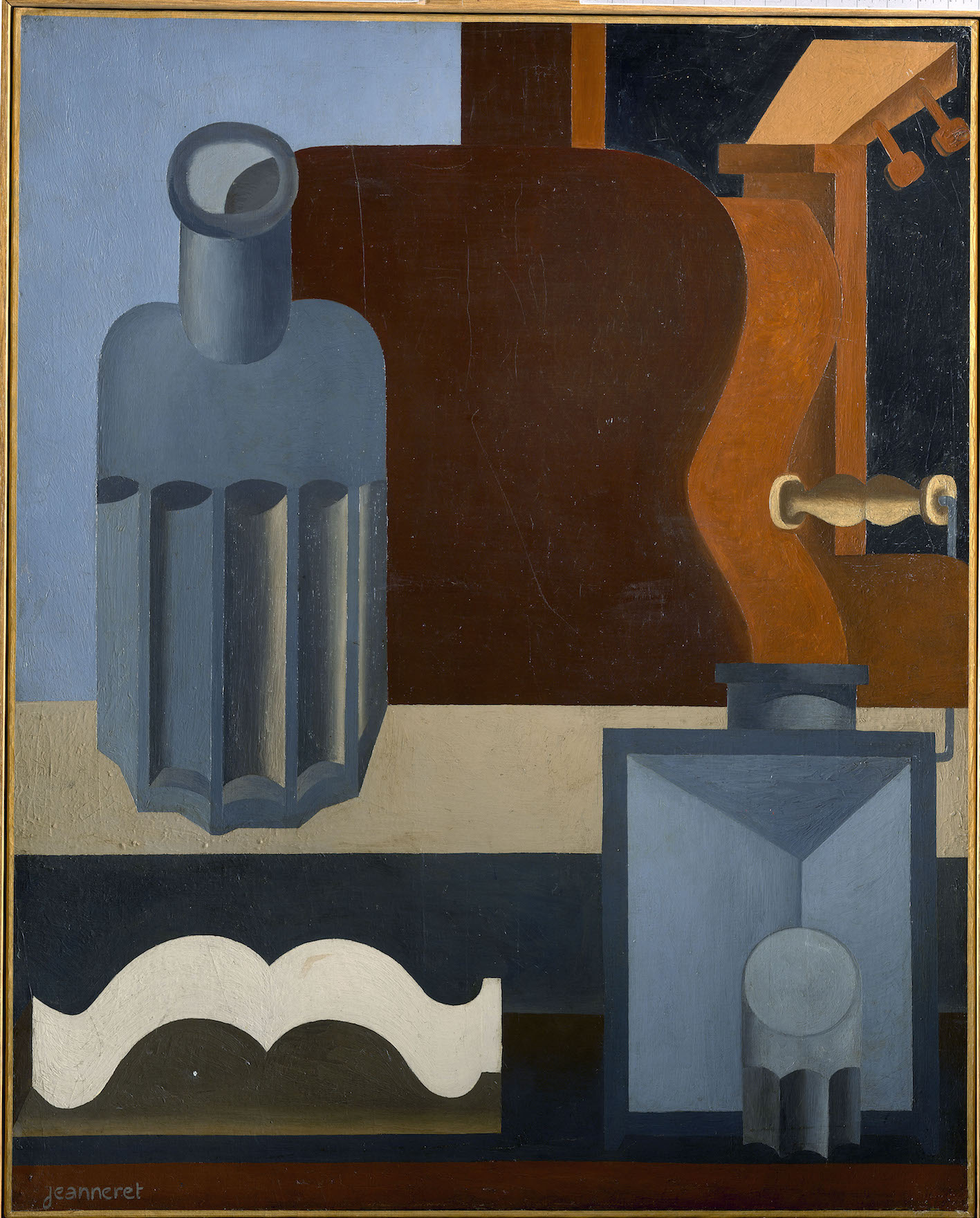
Le Corbusier, Guitare verticale (1ère version), 1920. © FLC, ADAGP, Paris 2015.
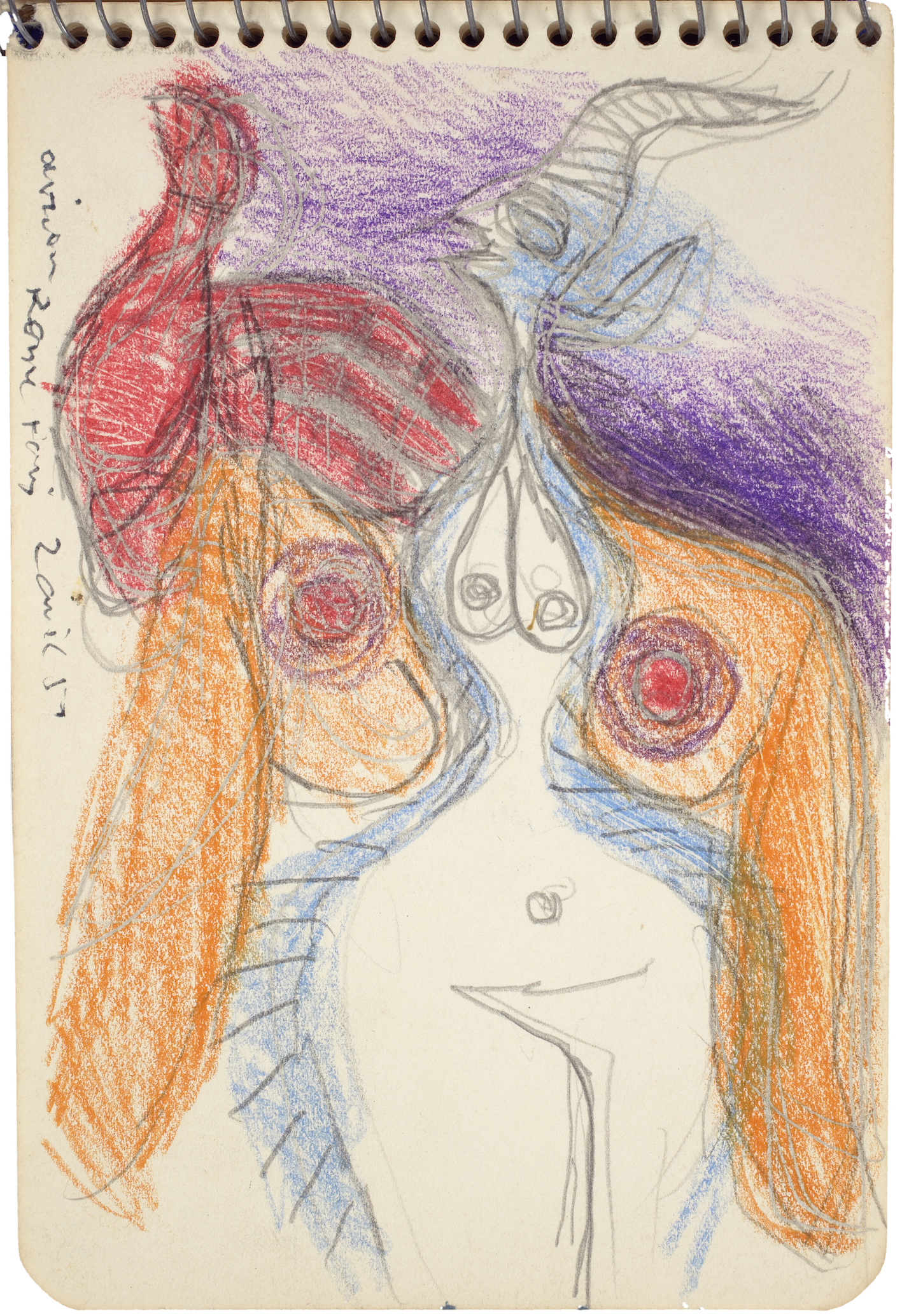
Le Corbusier, Carnet E19, p.7 , 2 Avril 1952. © FLC, ADAGP, Paris 2015.

Le Corbusier, Ubu IV, 1940 – 1944. © Centre Pompidou / Dist. RMN-GP / Philippe Migeat. © FLC, ADAGP, Paris 2015.
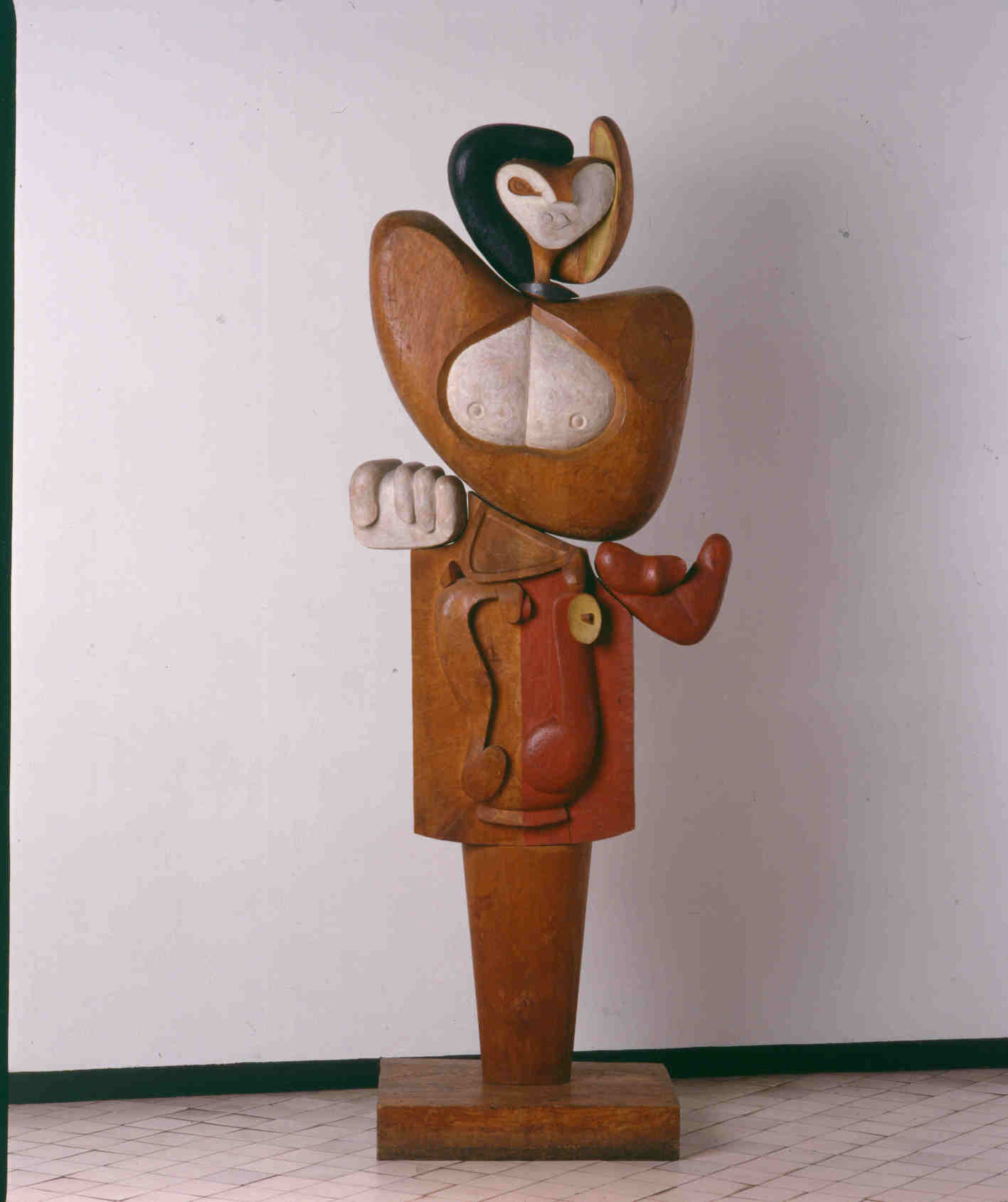
Le Corbusier, Femme, 1953. © FLC, ADAGP, Paris 2015.
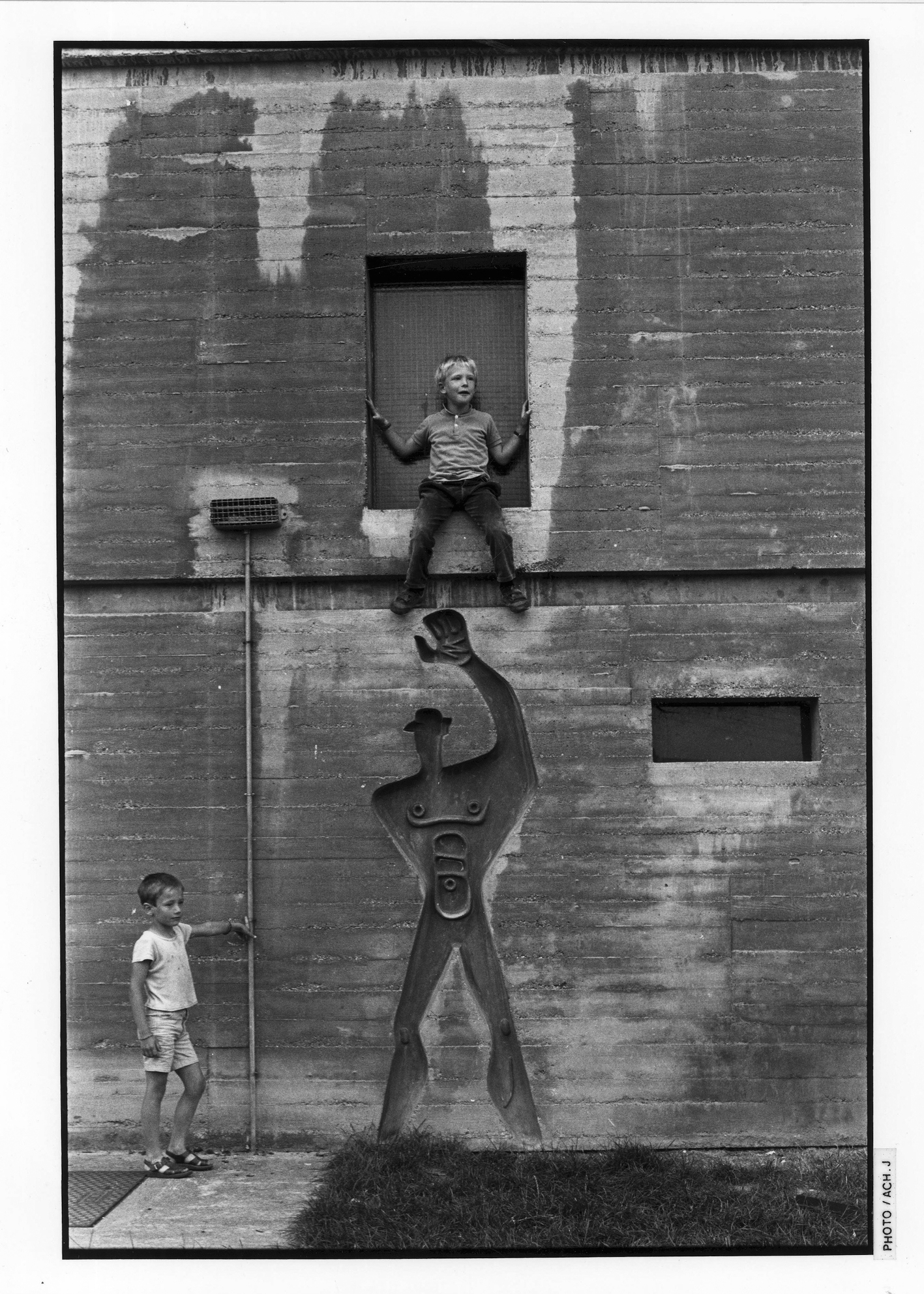
J. Ach, Empreinte du Modulor dans le béton, Unité d’habitation, Nantes, Rezé. © FLC, ADAGP, Paris 2015.
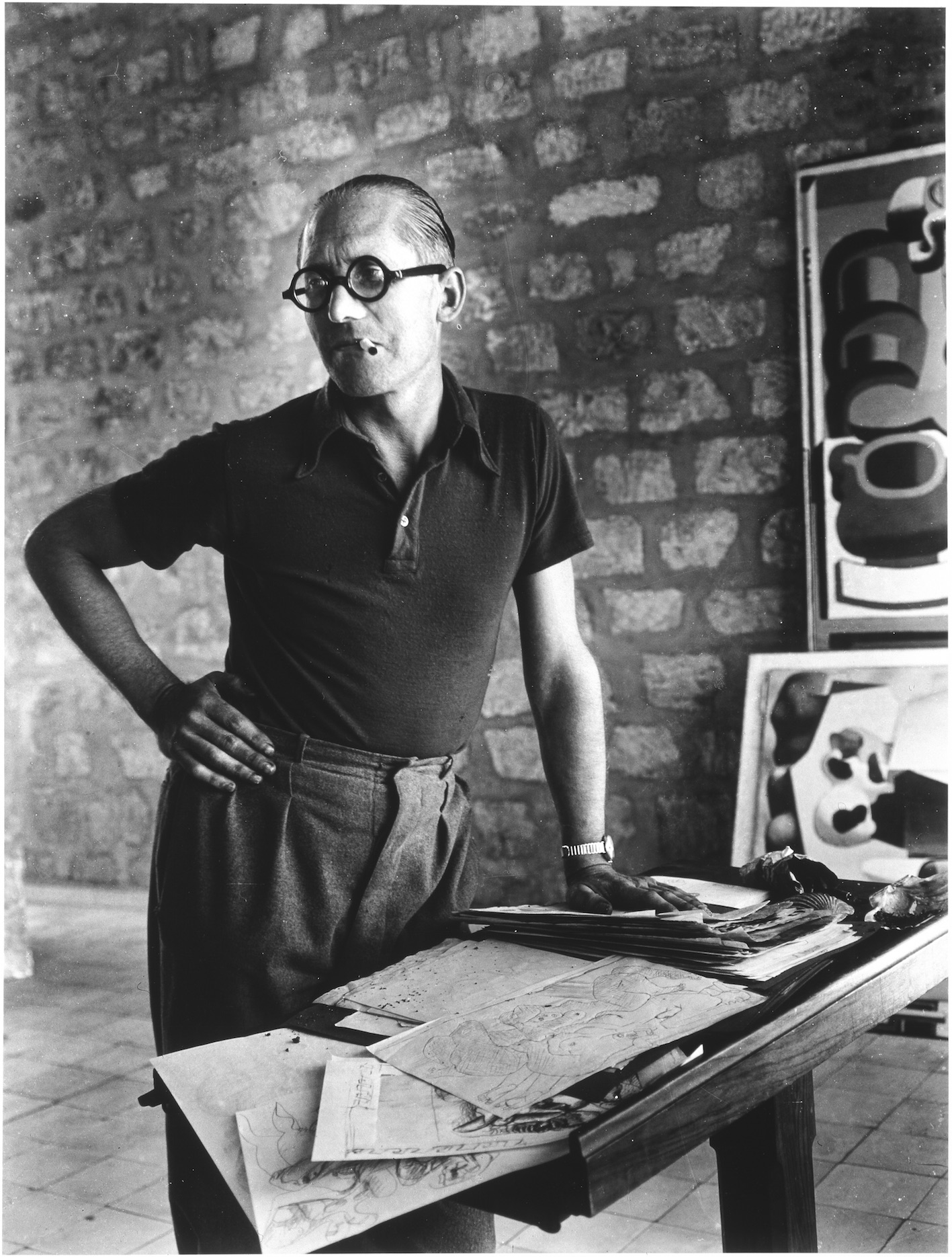
Rogi André, Le Corbusier, CA. 1937. © Centre Pompidou, G. Meguerditchian.